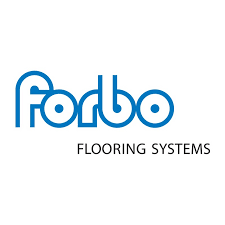
- Dates: As Required
- Location: In Company Course
- Cost: £4500 + VAT
- Details
- Parent Category: Courses
- Category: Ratchet Up Performance
5S is widely used to define individual workplace layouts but its true power is in the development of synchronised islands of activity covering both material and information flows.
This 3 day workshop takes participants on a journey from disorganised to organised to workplace systems that support synchronicity and flow across the end to end value stream.
Workshop goals are
- Learn how to lock in the gains of 5S
- Understand how to engage those in the workplace with improving workflow synchronicity
- Know how to build self managed workplace processes
- Be able to move beyond the theory of 5S to improve all aspects of daily working.








